Ages: Explanation and Study Guide
Introduction
In mathematics, the topic of "ages" often involves solving problems related to the ages of people at different points in time. These problems typically require the use of algebraic equations and reasoning skills to determine the current age of a person, their age in the past or future, or the age difference between two individuals.
Key Concepts
When working with ages, it's important to understand the following key concepts:
- Current Age: The age of a person at the present time.
- Age in the Past or Future: The age of a person at a specific point in time before or after the present.
- Age Difference: The numerical difference in age between two individuals or between a person's age at different points in time.
Problem Solving Strategy
When solving age-related problems, it can be helpful to follow these steps:
- Define the Variables: Assign variables to represent the ages of the individuals involved, such as "x" and "y".
- Write Equations: Use the given information to write algebraic equations that represent the relationships between the ages.
- Solve the Equations: Use algebraic techniques, such as solving linear equations or setting up systems of equations, to determine the unknown ages.
- Check Your Answers: Verify your solutions by substituting the values back into the original problem and ensuring that they satisfy all the given conditions.
Example Problem
Let's consider a classic age problem as an example:
"Five years ago, John was twice as old as Ann. If the sum of their ages is 45 now, how old are John and Ann?"
Following the problem-solving strategy, we can start by defining the variables. Let's represent John's current age as "x" and Ann's current age as "y".
Next, we can write the equations based on the given information. From the first statement, we have: (x - 5) = 2(y - 5), and from the second statement, we have: x + y = 45.
Solving these equations will lead us to the values of x and y, which will give us the current ages of John and Ann.
Conclusion
Working with age-related problems involves applying algebraic reasoning and problem-solving skills to determine the ages of individuals at different points in time. By understanding the key concepts and following a systematic approach, you can successfully solve age problems and gain a deeper understanding of mathematical relationships.
[Ages] Related Worksheets and Study Guides:
.◂Math Worksheets and Study Guides Eighth Grade. Three dimensional geometry/Measurement
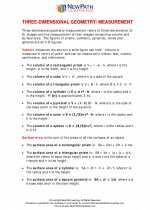
 Worksheet/Answer key
Worksheet/Answer key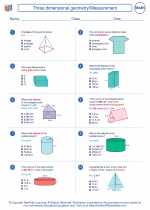
 Worksheet/Answer key
Worksheet/Answer key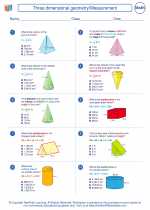
 Worksheet/Answer key
Worksheet/Answer key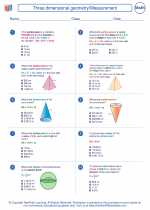
 Worksheet/Answer key
Worksheet/Answer key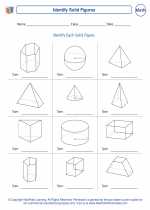
 Worksheet/Answer key
Worksheet/Answer key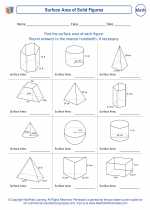
 Worksheet/Answer key
Worksheet/Answer key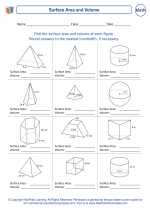
 Worksheet/Answer key
Worksheet/Answer key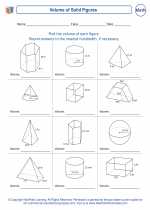
 Worksheet/Answer key
Worksheet/Answer key
 Worksheet/Answer key
Worksheet/Answer key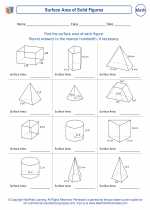
 Worksheet/Answer key
Worksheet/Answer key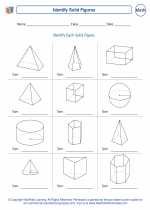
 Worksheet/Answer key
Worksheet/Answer key
